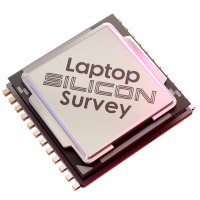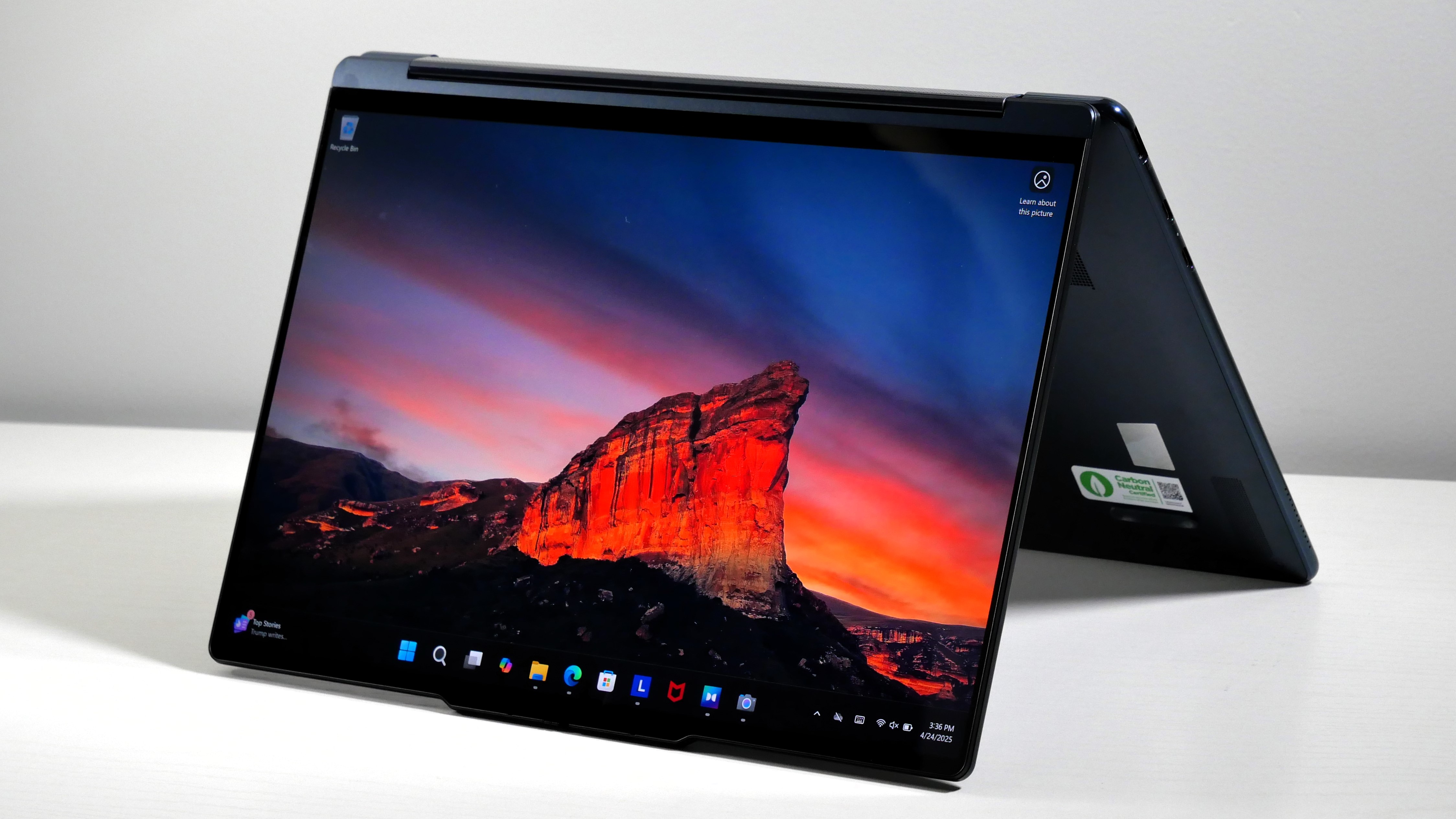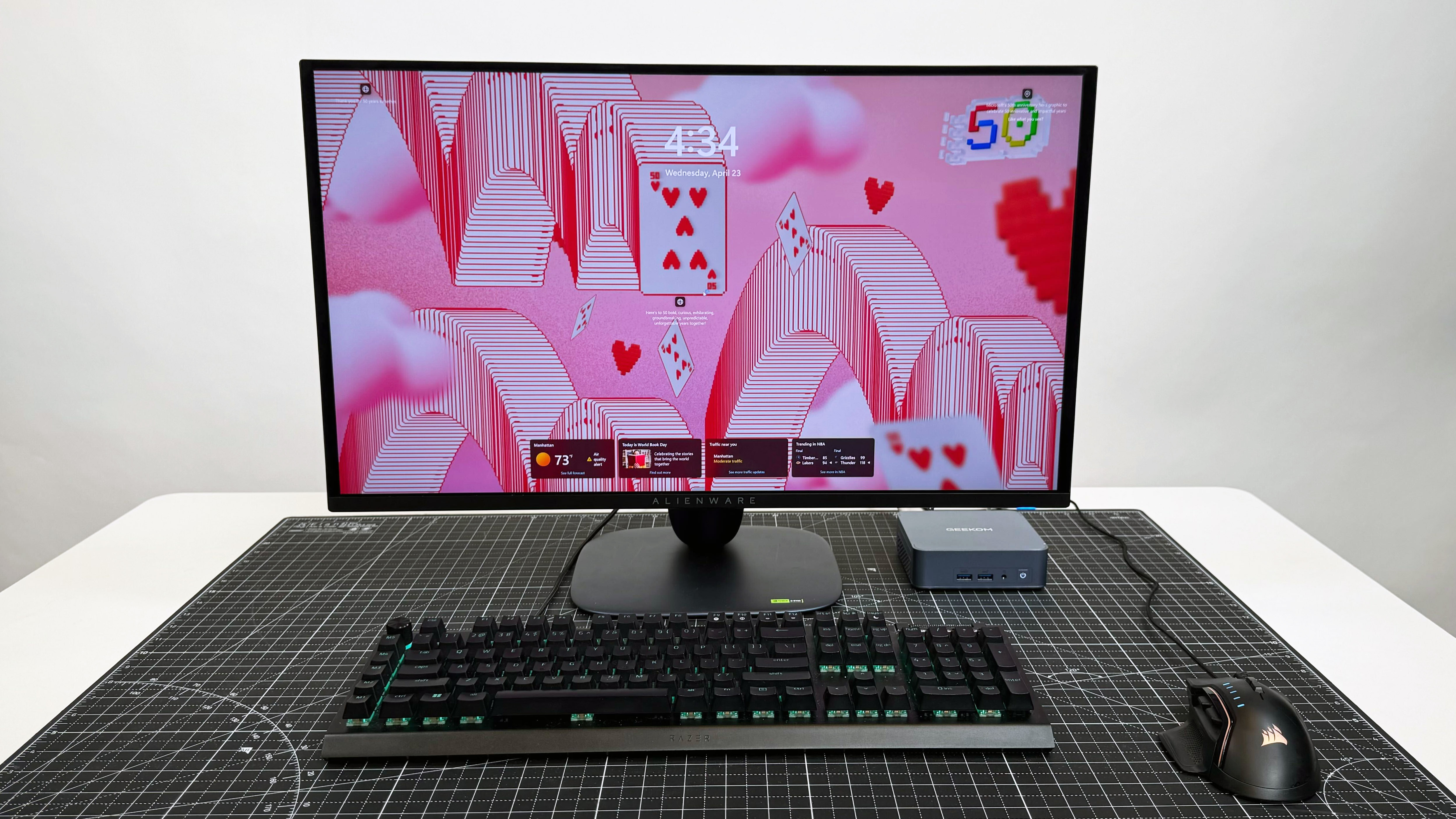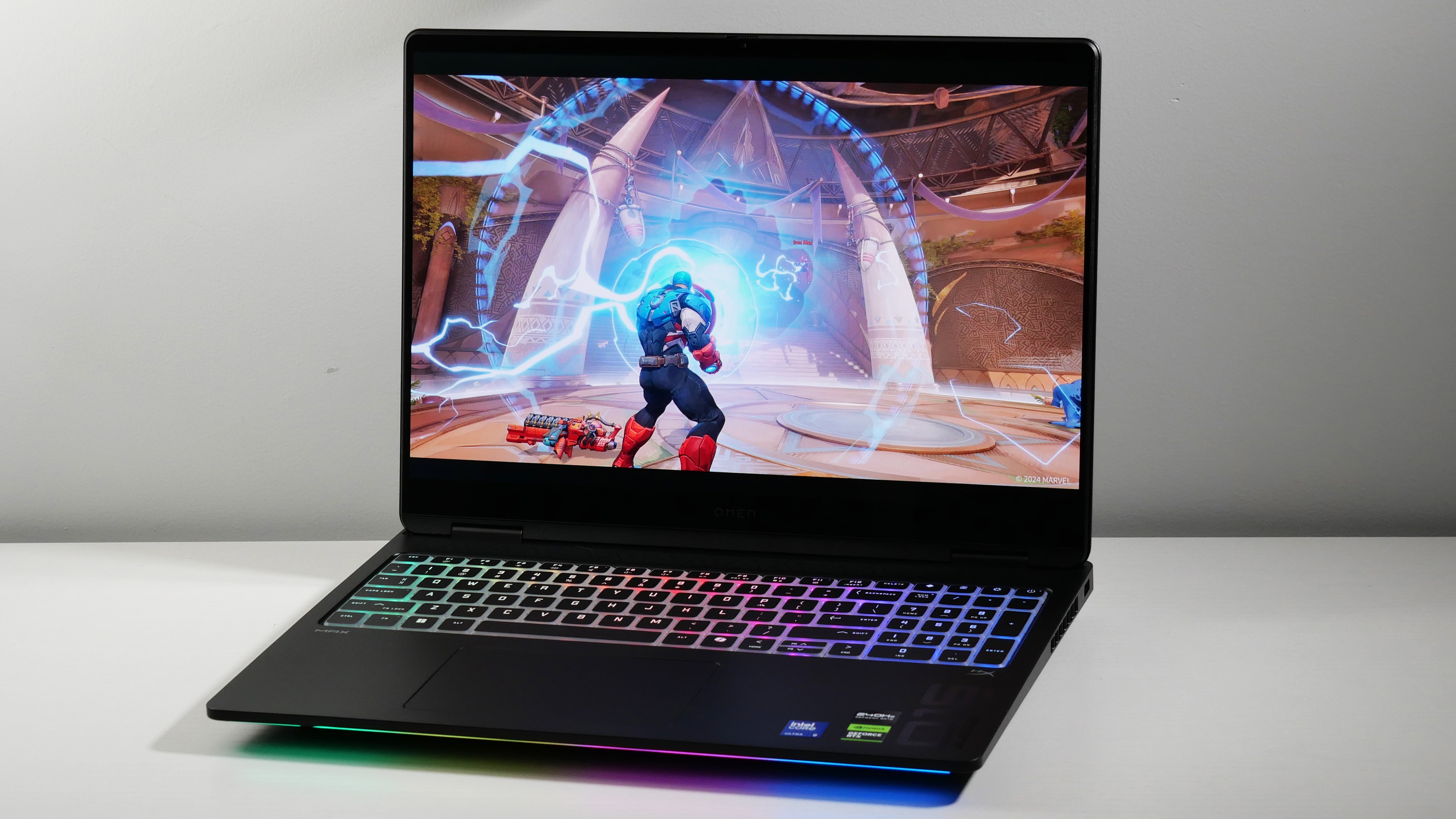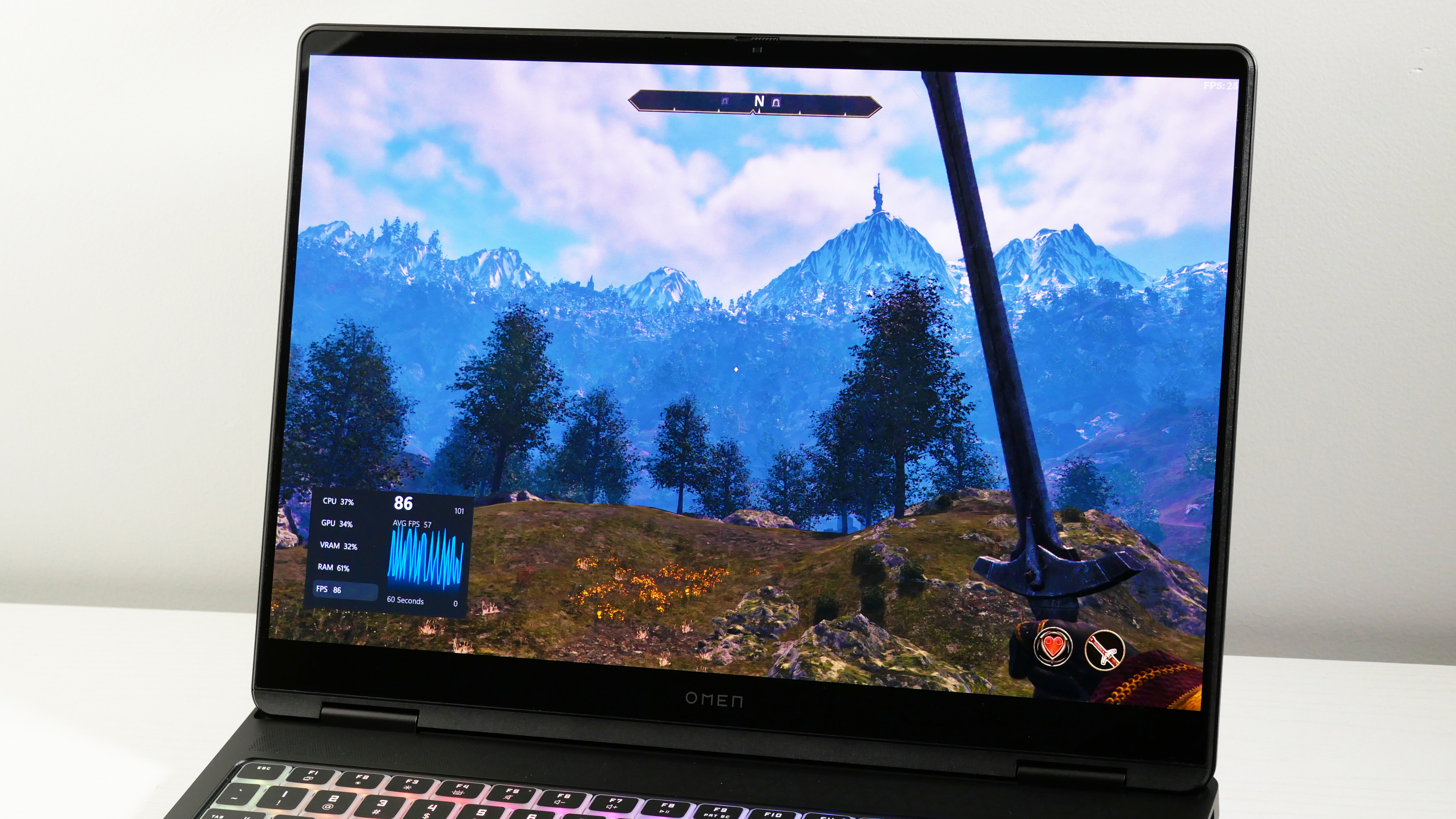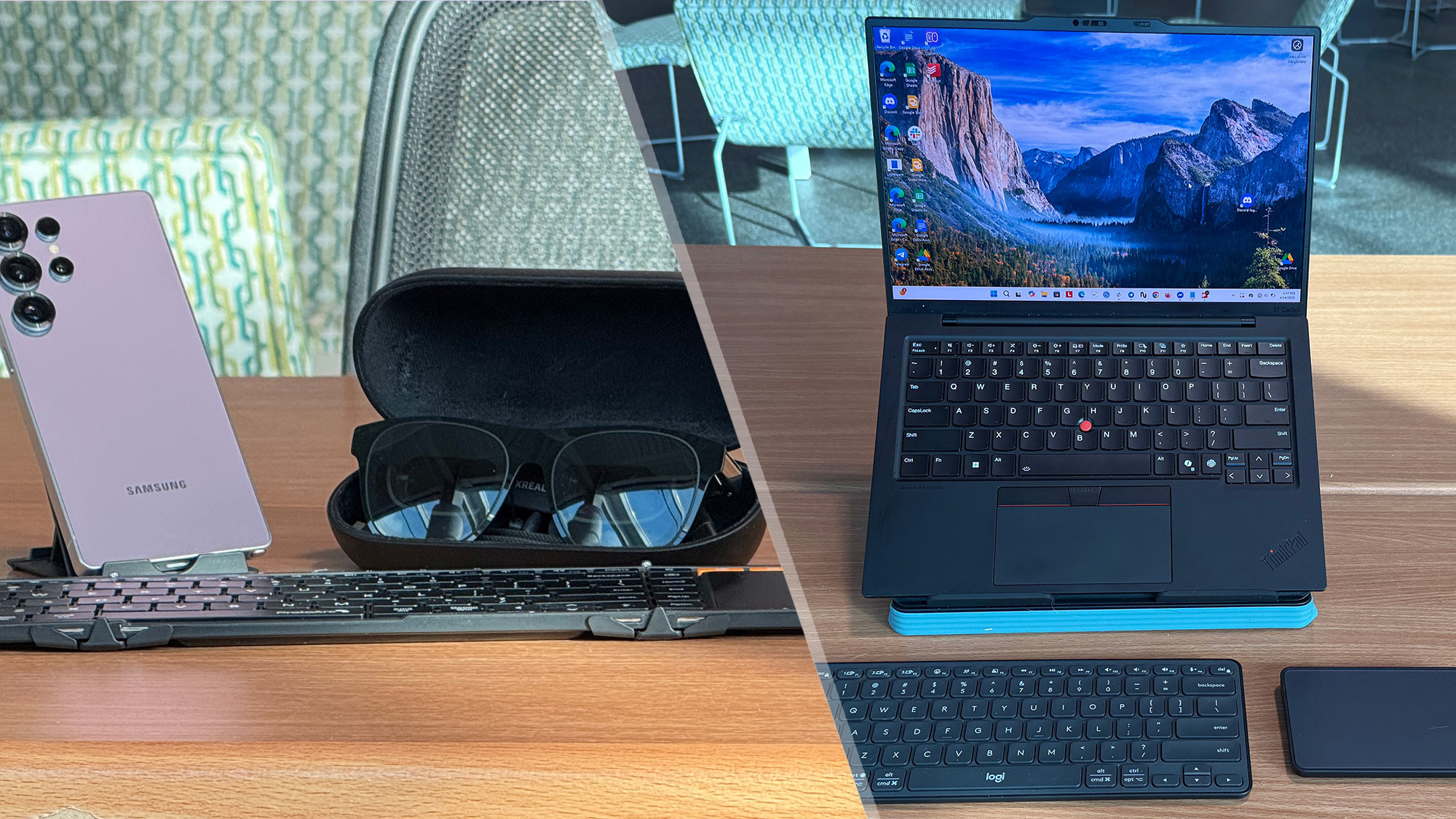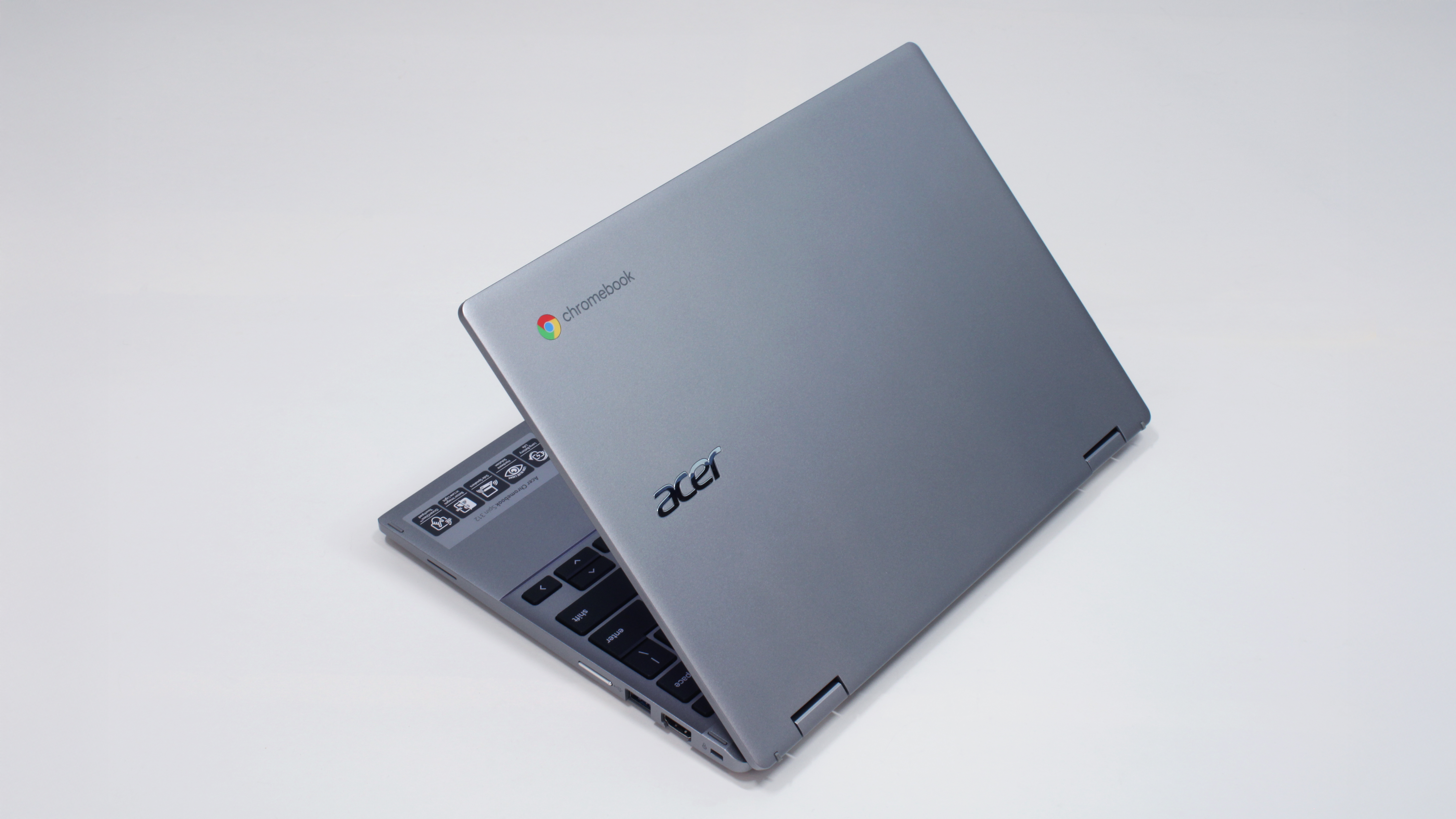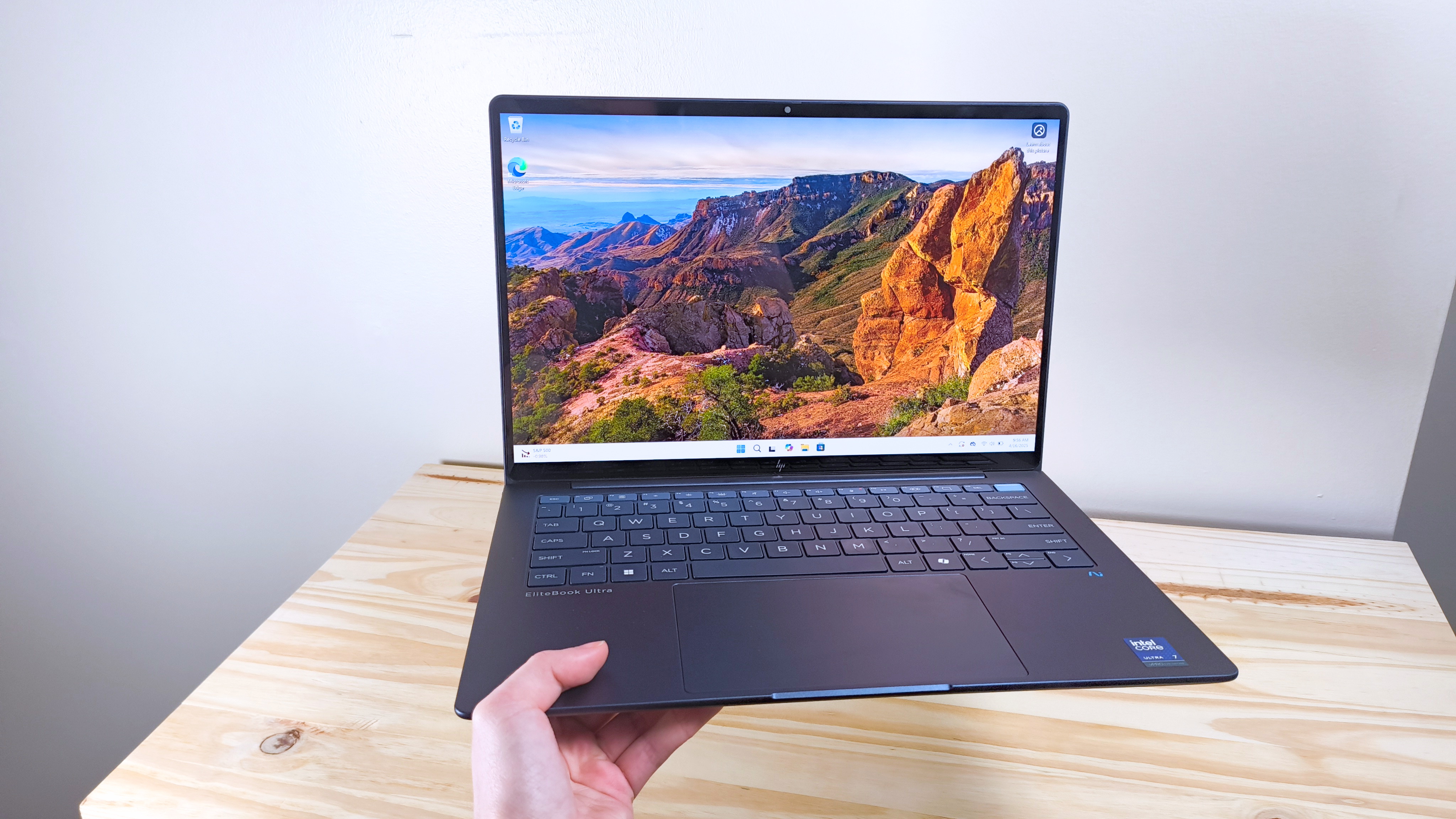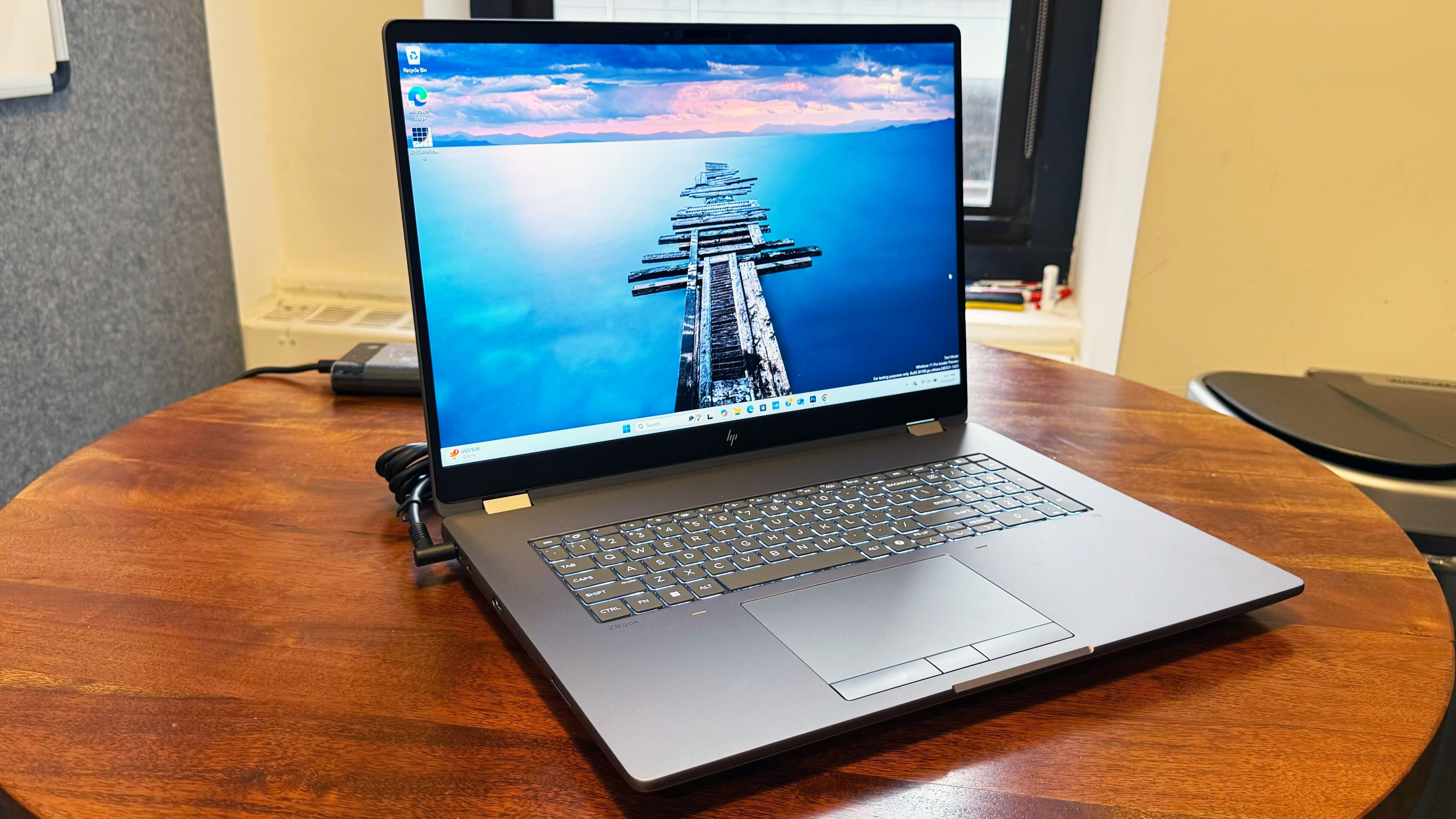“Boring stuff changes the world”: AMD’s Jason Banta offers a glimpse into the future for AI and AMD
Team Red had a clear lead over Intel in 2024, but can AMD maintain the momentum?

“Boring stuff changes the world,” AMD’s Jason Banta, Vice President and General Manager of the Client OEM group, tells Laptop Mag, insisting that what we’ve seen from AI and Microsoft’s Copilot+ suite is only the beginning.
“They [Microsoft] are looking at all aspects of the way you interact with a PC and saying, okay, how can we apply AI models, how can we use AI to improve this experience,” and that goes beyond email summaries and AI-generated desktop backgrounds.
AI isn’t everyone’s favorite buzzword. However, advancements in AI computing have helped shape many of AMD’s recent successes, and Microsoft's exploration of AI will be one the company looks to mirror as it expands on the capabilities of its hardware.
While Microsoft's initial suite of AI tools and features for Windows 11 haven't clicked with everyone yet, they're part of a growing snowball effect that could (one day soon) drastically impact the performance we eke out from our hardware and, in turn, the experiences we gain from it.
It's this potential that AMD hopes to tap into, and with major overhauls to the company’s CPU and GPU lineup, and great efforts to bolster the software that takes advantage of it, 2025 looks like a big year for Team Red. So, what can we expect from AMD in the future?
This article is part of a Laptop Mag special issue featuring exclusive interviews interviews with Apple, AMD, Intel, Qualcomm, Nvidia, and more as we learn how their silicon will shape the future of CPUs and GPUs, check out Laptop Mag's Silicon Survey 2025 special issue for more.
The AMD Advantage
AMD is somewhat unique as far as PC chipmakers go. The company has robust CPU and GPU lines, while Nvidia and Intel are playing catchup on at least one processor front. AMD has also been implementing NPUs into its mobile CPUs for the past three generations. Qualcomm is a new player in the computing space and hasn’t jumped into either the gaming or discrete GPU sectors yet.
When we look at the best AI PC chips of 2024 and the upcoming 2025 processors, AMD is a key player. Our Best in Show Laptop Laurel winner for CES 2025 was the Ryzen AI Max chipset for good reason.
But what makes AMD’s approach to mobile chips different from Intel's or even Qualcomm's?
AMD’s Director of Product Marketing Adam Kozak explained that the difference between the Ryzen Z2 Go and the Ryzen Z2 Extreme is “night and day" because the “software can do more tricks.”
The same can be said for any hardware using AMD’s new Zen 5 architecture compared to its Zen 4 predecessor. “The opportunity for us, at least, is to help partners get devices that have longer battery life, performance, and then we’re adding more and more features to that software that we’re pulling down from our discrete [GPU] cards.”
Part of the benefit of using AMD processors is the cross-pollination of development, allowing for hardware advancements in discrete GPUs to be distilled into integrated graphics chips on a laptop CPU or handheld gaming PC chip.
AMD AI and Gaming
While many enthusiasts, including myself, like to view AI as separate from gaming, there is some overlap. AMD’s Fluid Motion Frames (AFMF) frame-generation technology is a type of AI, the discrete GPU is still the most powerful AI accelerator we have, NPC behavior is AI, and Nvidia’s ACE system can further augment NPC behavior using generative AI to deliver dynamic text and speech outcomes.
We’re already having conversations with game engine developers and game developers who are looking for ways of leveraging models that are more generative in nature
Jason Banta, Vice President and General Manager, Client OEM Group, AMD
But that’s not the only way AI can be used to augment our gaming lives. Banta hints that AI could be used to completely change the way we interact with game worlds, telling Laptop Mag, “Maps are mastered largely static… those environments are somewhat static, somewhat consistent, and that has its advantages as far as predictability of the experience, but it has some disadvantages, and it’s kind of repetitive."
Offering a suggestion on how AI can help to overcome these disadvantages, Banta tells Laptop Mag, "I think world generation is a very natural extension to some of the generative AI concepts we’re seeing right now, because being able to pick up a game, and maybe it’s a game you’re familiar with, and getting an entirely new experience.”
That’s not a pie-in-the-sky dream. In fact, it may be closer to a reality than you'd think. Banta continues, revealing to Laptop Mag, “We’re already having conversations with game engine developers and game developers who are looking for ways of leveraging models that are more generative in nature, whether it’s the world, the characters, the language… there’s a lot to explore there that we’re seeing right now.”
Looking ahead: The AMD roadmap
While Intel and Qualcomm garnered much of the AI PC fanfare in 2024, AMD has incorporated NPUs into its mobile processors since the “Phoenix Point” Ryzen 7000 series launched in 2023.
Those small NPUs helped AMD level out performance against Intel and, with further refinement in the 8000 “Hawk Point” and Ryzen AI 300 “Strix Point” designs, could take the fight to arm-based systems like Qualcomm’s Snapdragon X Elite and Apple’s M-series Silicon.
The Ryzen 9000 “Granite Ridge” desktop CPUs couldn’t stay on shelves, snatched up by performance enthusiasts in the wake of Intel’s beleaguered Arrow Lake desktop launch.
At CES 2025, AMD announced further additions to its current generation of Ryzen processors, which includes more CPUs in the Ryzen AI 300 series, plus the Ryzen 9000 “Fire Range” gaming laptop CPUs, the Ryzen AI Max “Strix Halo” APU, a new generation of handheld gaming PC Ryzen Z2 chips, and the Radeon RX 9070 series of discrete desktop GPUs.
The first Ryzen Z2 chips will be available with the Lenovo Legion Go S when it launches in mid-February, while the Radeon RX 9070 series GPUs are slated for a March launch.
The expanded Ryzen 9000 “Fire Range” gaming laptop processors, Ryzen AI 300 series CPUs in the Ryzen 5 and Ryzen 7 class, and the Ryzen AI Max chipsets will launch within the first half of 2025.
What’s next for AMD?
AMD has expanded the Ryzen AI 300 series to include more budget-friendly Ryzen 7 and Ryzen 5 variants. The Z2 series of handheld gaming PC chips is on the way, as is a new series of Radeon 9070 discrete graphics cards.
The Ryzen AI Max is tasked with making a case for the benefits of unified memory in gaming and video editing workflows, something Apple has championed for some time now. We’ll also get gaming laptops featuring the Ryzen 9000 series of “Fire Range” CPUs.
We want to see how AMD’s new silicon holds up in our lab tests before we make any claims, but if you’ve been considering one of the best AMD Ryzen laptops, you might want to hold off another few months.
Of course, that also runs the risk of getting hit with tariffs on tech imports, which could see laptops and gaming hardware prices spike by up to 40%. However, the US tariffs aren’t yet set in stone, so this may change.
But beyond that, Banta tells Laptop Mag that AMD still has “a lot of stuff to come.”
“Our road map just has us doing more and more AI capability because we know some stuff’s coming ... so be ready for that.”

A former lab gremlin for Tom's Guide, Laptop Mag, Tom's Hardware, and TechRadar; Madeline has escaped the labs to join Laptop Mag as a Staff Writer. With over a decade of experience writing about tech and gaming, she may actually know a thing or two. Sometimes. When she isn't writing about the latest laptops and AI software, Madeline likes to throw herself into the ocean as a PADI scuba diving instructor and underwater photography enthusiast.
You must confirm your public display name before commenting
Please logout and then login again, you will then be prompted to enter your display name.
